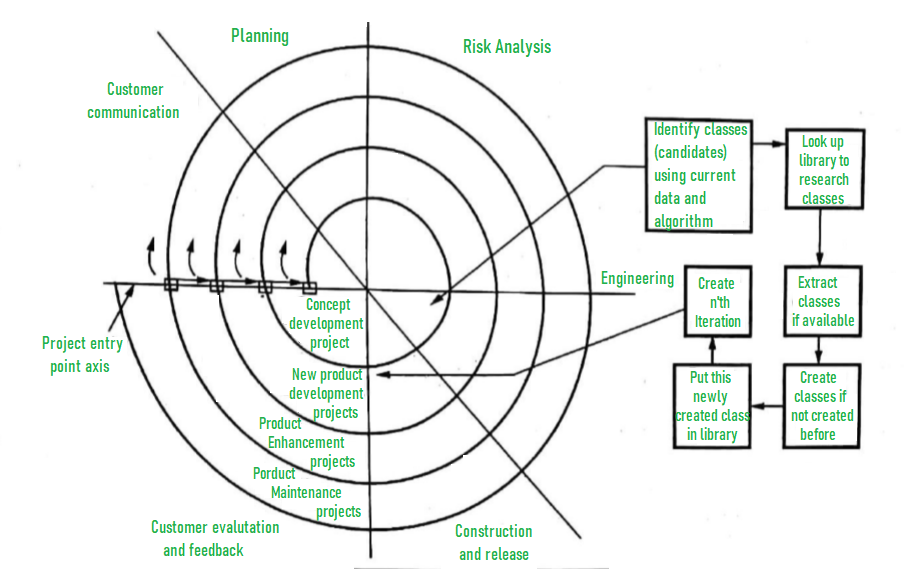Component Based Model (CBM)
Last Updated :
13 Jun, 2022
The component-based assembly model uses object-oriented technologies. In object-oriented technologies, the emphasis is on the creation of classes. Classes are the entities that encapsulate data and algorithms. In component-based architecture, classes (i.e., components required to build application) can be uses as reusable components. This model uses various characteristics of spiral model. This model is evolutionary by nature. Hence, software development can be done using iterative approach. In CBD model, multiple classes can be used. These classes are basically the prepackaged components. The model works in following manner:
- Step-1: First identify all the required candidate components, i.e., classes with the help of application data and algorithms.
- Step-2: If these candidate components are used in previous software projects then they must be present in the library.
- Step-3: Such preexisting components can be excited from the library and used for further development.
- Step-4: But if the required component is not present in the library then build or create the component as per requirement.
- Step-5: Place this newly created component in the library. This makes one iteration of the system.
- Step-6: Repeat steps 1 to 5 for creating n iterations, where n denotes the number of iterations required to develop the complete application.

Characteristics of Component Assembly Model:
- Uses object-oriented technology.
- Components and classes encapsulate both data and algorithms.
- Components are developed to be reusable.
- Paradigm similar to spiral model, but engineering activity involves components.
- The system produced by assembling the correct components.
Like Article
Suggest improvement
Share your thoughts in the comments
Please Login to comment...